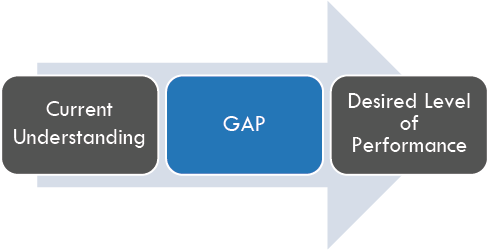OVERVIEW OF STRATEGY 3
Strategy 3: Offer Regular Descriptive Feedback
- Understand the power of effective feedback as it relates to student learning and instructional practices.
- Recognize and apply meaningful, descriptive/ actionable feedback.
- Develop an awareness of Hattie’s and Timperley’s three important levels of feedback: task, process, and self-regulation.
“Feedback is information provided by an agent (e.g. teacher, peer, book, parent, self/experience) regarding aspects of one’s performance or understanding.”
Hattie & Timperley, 2007

Effective feedback contains specific, contextualized information in response to the learner’s actions or thinking. The purpose of using effective feedback is to reduce discrepancies between current understanding or performance and some desired level of performance or goal.
Feedback is a critical and natural component of the instructional process. When teachers provide students with effective feedback, they help students build confidence, increase student effort and motivation, reduce frustration during learning, and most importantly provide important information about the learning task to help students succeed.
According to James Pennebaker, “Students must be given access to information about their performance. At the broadest level, students need to know if they actually have mastered the material or not. Giving them feedback about the ways they are studying, reading, searching for information, or answering questions can be invaluable.”
Coaching Companion
The Environment Impacts Feedback
Hattie and Timperley (2007) recommend that teachers create a learning environment where feedback is given in an appropriate, meaningful way. Teachers should create a classroom climate that allows for errors to be opportunities for learning because in these environments error-leading-to-learning is powerful.
The positive learning environment should also allow for risk-taking, where students—even when they are unsure of their knowledge or “correctness” of their responses—will actively participate and persist through challenges. When students feel threatened in a climate prioritizing being correct, students tend to respond in limited ways; and only when they are fairly sure that they are correct. This often indicates they have already learned the answer to the question being asked.
So the key to thinking about the classroom climate and feedback is to ensure that errors are opportunities for learning…where students and teachers learn from their mistakes. When this notion is welcomed as an important part of learning, it allows students to maximize their learning and teachers to maximize their teaching.
Effective Classroom Practices
To have an effective classroom climate we must address ways to develop the perfect environment for all students to be successful. That is our goal, isn’t it? We want to set our class up so they can be successful behaviorally so we can teach them the important academic content we want to teach. We can’t control who walks in our classroom door and what their learning history is but we DO have influence over setting up our classroom environment.
We are going to view a five minute podcast discuss necessary components for the classroom: instructional time = time to teach and engaged time = students are actively engaged in the learning. Under each of these components are four effective classroom practices to take note.
Introduction to Effective Classroom Practices from Michael Kennedy on Vimeo.
Think about your typical day and the time you spend in various activities. How does it compare to these statistics? Why is this information relevant to us?
Teachers are pivotal in building a community of learners in their classrooms. They bear the responsibility of modeling how to provide effective feedback which enables students to take action on the feedback communicated. Implementing effective classroom practices can prevent and decrease interruptions caused by discipline problems and increase the amount of time we have to teach and provide feedback.
What might be some next steps for you to take in your classroom?

